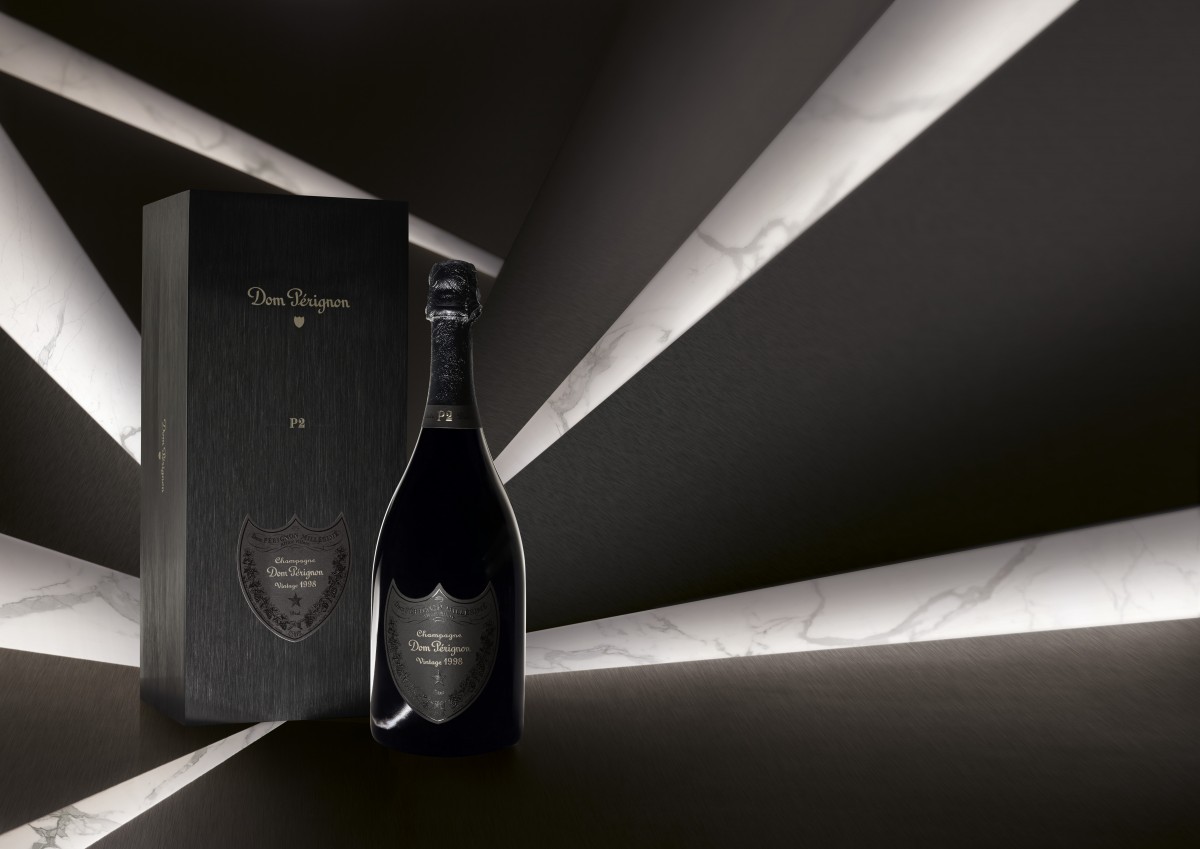
#95
BUBBLIES 101
21 Jan 2018 By David Fuhrmann-Lim
How To Buy And Prep Champagne And Other Sparkling Wines. (Bubblies 101 and Beyond)
The first glass of bubbly I ever drank was with Mariah Carey. It was winter in Tokyo. I was wearing a vest made of feathers, trying to live up to whatever an MTV News reporter was supposed to be. After waiting nearly two hours for a 15-minute interview, I was also thirsty and anxious. So when Mariah showed up, dropped a smile and asked if I wanted a glass of Champagne, I said, “Of course.”
Two years later, I got married. The wedding was small and mostly simple: I bought a chocolate torte from Whole Foods and asked my aunt and mom to make a nuptial feast of all my favorite Indian foods, but I insisted on Champagne from Veuve Clicquot. Not because I had become some sort of bubbly sophisticate, but because it was what Mariah served me. Sure, I’d downed cheap Asti on various New Year’s Eves, but what the chanteuse shared was revelatory—a drink that lived up to the quote often misattributed to Dom Pérignon (the French monk credited with achieving an ideal blend of grapes for Champagne): “Come quickly! I am drinking the stars.”

Beyond those encounters, I knew very little about bubbly. And, research shows, that isn’t uncommon: We typically hone in on a food (or drink) we love and stick with it. But one of the factors that can open our eyes to new and delicious possibilities is information—learning more about the unknown.
We start with a brief purchasing and prepping guide.
What’s the difference between generic sparkling wine and named bubblies like cava, prosecco and Champagne?
There are three major points of differentiation: geography, the grape varieties and the production methodology. Named wines, like Champagne, have government-regulated appellations that dictate where the grapes are grown and how the wines are made. They come from the Old World—countries where someone’s grandfather’s grandfather’s grandfather’s grandfather planted the grapes. Places like Italy, France and Greece. New World wines are ones grown in places like California and Australia. An old vineyard in those places was planted in, like, 1982. 
Champagne comes from the Champagne region of France; prosecco from Veneto in Italy; and cava comes mostly from Catalonia in Spain. These wines are made from mandated grape varieties. In Champagne, the big three are Pinot Noir, Pinot Meunier and Chardonnay. Prosecco is made of Glera grapes that used to be known as Prosecco grapes, and cava is made of varietals including Macabeu, Xarello and Parellada. It’s great for us drinkers because we always know what we’re getting. With general sparkling wine, it could be anything. But that’s also a big part of the fun.
In terms of production methods, there are a lot of deviations. Champagne takes a long time to age—three, five, 10 years from when the grapes are harvested. For prosecco, production takes a matter of weeks or months. And cava is somewhere in between. The first fermentation turns the juice to wine; the second fermentation produces the bubbles. If you want to get super-geeky about it, the difference isn’t only the time spent aging in the bottle, which gives a lot of complex flavors, but also where and how it’s aged [in tanks versus in the individual bottle].
You can use price as a guide. If it costs more, it was typically aged rather than being sent straight to market.
Once we get to the market, what should we look for?
Most shops go most expensive to least, so Champagne will always be on the top shelf. Prosecco and other sparkling wines will be on the bottom, and cava and sparkling wines made from what are called noble grapes [varieties known for producing high-quality wine] will be in the middle. It’s not possible to have a liquid labeled “Champagne” that has not gone through an elaborate [and labor-intensive] process and that costs more.
Once we get the bottle—or bottles—home, how should we prep them?
Chill your sparkling wine to about the low 40s [Fahrenheit] or your preferred temperature. Some people like it really cold, but if you go low, you’ll miss out on some of those great aromas in middle and top shelf wines that only open up when the bottles get a bit warmer.
Warmer, meaning room temperature?
No. Most of us keep our houses in the 70s, which is a little too warm.
And now we open the bottle?
Yes.
Read part two here to learn how to best imbibe your bubbly.
Follow simran Sethi follow on social media and visit theslowmelt.com. Her book, “Bread, Wine, Chocolate: The Slow Loss of Foods We Love,” can be found here.
Like this? There Much More to Champagne Than You Realise
Like this? All Your Bubbly Buys – Sorted

You might be interested in...
PROWINE SINGAPORE 2024
This is What You Should Look Out For at The Upcoming Prowine Singapore 2024, Which Will be Held From April 23 to 26 at The Singapore Expo.
KRUG X LEMON
Pair Krug's Latest Champagnes With Lemon-Based Dishes and You've Got Yourself a Singular dining Experience.
DRINK HERE: TAJINE
Here, You Can Pair Your Briouates and Mechoui with Moroccan-inspired Cocktails & Delicious Wine
PROWINE SINGAPORE 2024
KRUG X LEMON
DRINK HERE: TAJINE